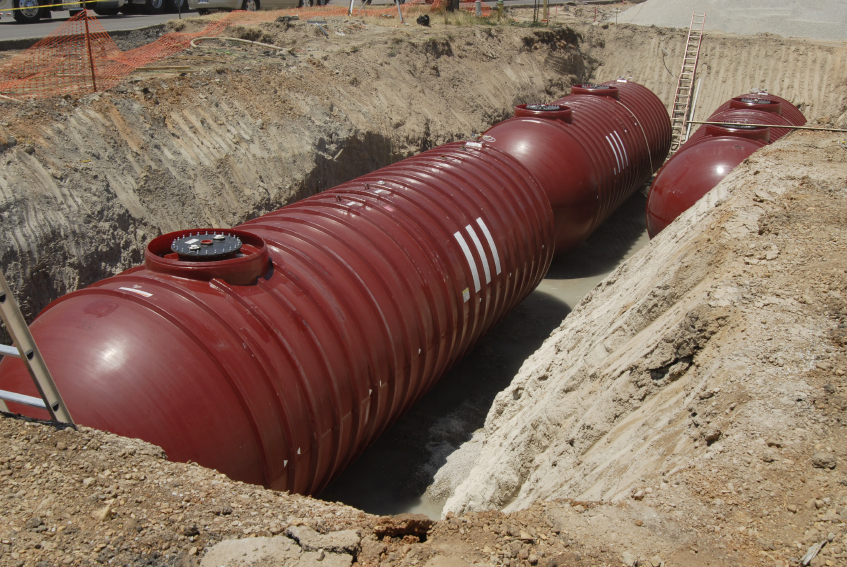 |
According to the EPA, while information on sources and causes of releases show that releases from tanks are less common than they once were, releases from piping and spills and overfills associated with deliveries have emerged as more common problems. The Agency attributes the lack of proper operation and maintenance of UST systems as a main cause of release from these areas. The final UST regulation places an emphasis on ensuring that equipment is properly maintained and working.
Operation and maintenance
The new UST regulations add requirements for periodic walk-through inspections, testing of spill prevention equipment, inspections of overfill prevention equipment, testing of containment sumps, and testing of release detection equipment. Operators must conduct:
- Walk-through inspections that look at spill prevention equipment and release detection equipment every 30 days and containment sumps and handheld release detection equipment annually.
- A spill prevention equipment test for liquid tightness; alternatively, operators may use a double-walled spill bucket with periodic interstitial monitoring. Tests must be conducted at least every 3 years.
- An overfill prevention equipment inspection to ensure that equipment is set to activate when regulated substances reach the appropriate level in the tank. Inspections must be conducted at least every 3 years.
- Testing of containment sumps used for piping interstitial monitoring for liquid tightness; alternatively, a double-walled containment sump with periodic interstitial monitoring may be used. Tests must be conducted at least every 3 years.
- Testing of release detection equipment, including line leak detectors, to ensure proper operation. This is an annual requirement.
Compliance deadline: Compliance with each of the O&M inspection/testing provisions must begin no later than 3 years after the effective date of the regulations.
Join us for The Clean Water Act Rule webinar on August 18 to identify the waters that the final rule does and does not include. Register now!
Secondary Containment
Under the UST amendments, secondary containment means a release prevention and release detection system for a tank or piping. This system has an inner and outer barrier with an interstitial space that is monitored for leaks. It includes containment sumps when used for interstitial monitoring of piping.
The EPA has also added definitions for dispenser, dispenser system, replaced, and under-dispenser containment.
Previous UST regulations required secondary containment and interstitial monitoring for hazardous substance tanks only.
The Clean Water Act Rule: What a New Definition of “Waters of the United States” Means for Your Operations
Register now to learn how the EPA’s new water rule—and its protections—affect industries like agriculture, farming, oil, and home building. Learn more.
New UST requirements include that UST owners/operators:
- Install secondary containment and interstitial monitoring for all (including petroleum) new and replaced tanks and piping (except safe suction piping and piping associated with field-constructed tanks greater than 50,000 gallons in size and airport hydrant systems).
- Replace the entire piping run when 50 percent or more of piping, excluding connectors, is removed and other piping is installed.
- Install under-dispenser containment for all new dispenser systems.
Compliance deadline: Compliance with the secondary containment provisions must begin no later than 180 days after the effective date of the new regulations.
Exemptions from the requirement for secondary containment include safe-suction piping, piping that manifolds two tanks together, and tanks for which installation began on or before 180 days after the effective date of the regulations.
